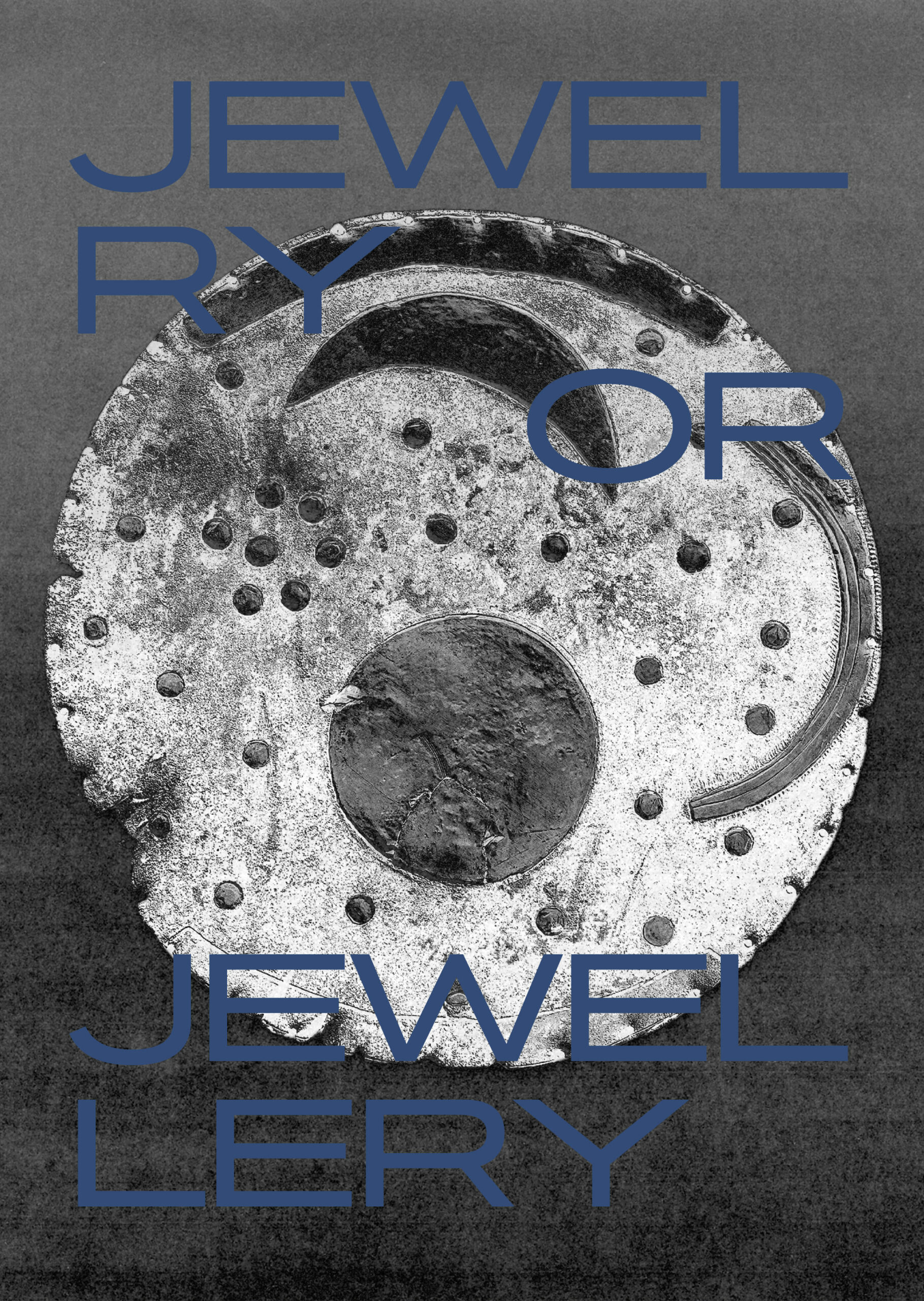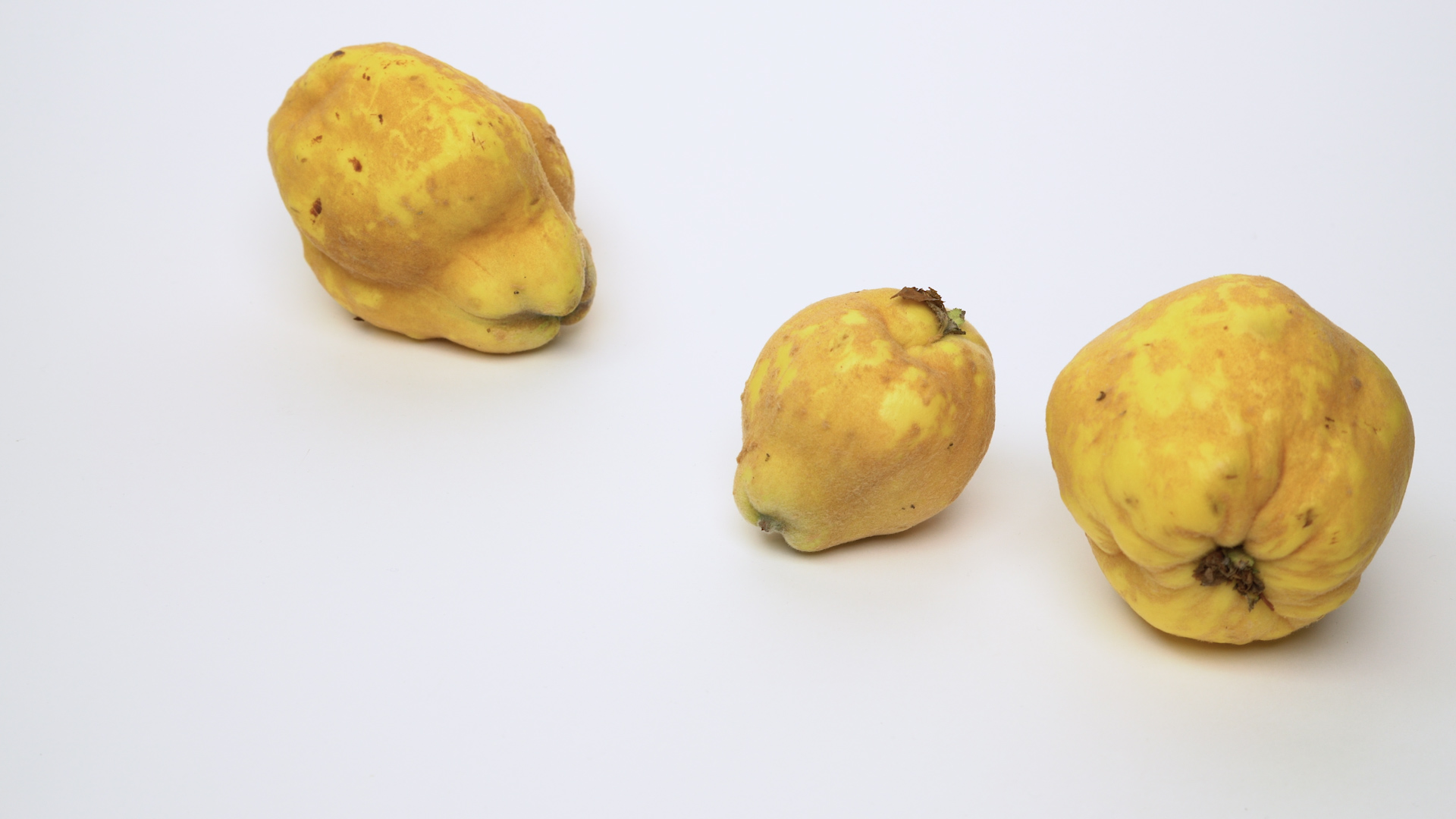The Gold Smelting Pot
MORE INFORMATION
Published on
19.04.2022
–
Photography courtesy of Stiftung Schleswig Holsteinische Landesmuseen Schloss Gottorf
While gold melting simply involves heating gold to turn it into a liquid before creating gold ingots, smelting is a metallurgical term that involves removing impurities from gold using heat, pressure and chemicals to achieve purity.
Smelting has been around for centuries and the earliest smelting pot, also known as a crucible, can be traced back to around the fifth millennium B.C. in Eastern Europe and Iran. In early human civilization, gold ore was mined from the earth and crushed with simple tools. The ore was then washed in water and smelted in earthen kilns.
Smelting pots were historically made from clay, although they can be constructed from any material that is able to withstand the high temperatures needed to melt the metal in the crucible. In the case of gold, its melting point is 1064°C and a graphite crucible is typically used because it has high resistance to chemical erosions and thermal shock.

From a smithy: casting mould of soap stone, iron pan, melting pot, iron pliers,Viking Age
Photography courtesy of Stiftung Schleswig-Holsteinische Landesmuseen Schloss Gottorf
Processing the gold ore
The first part of smelting gold is processing the gold ore. Once the ore containing gold is mined from the earth, it is pulverized using pressure to separate the crude matter from the gold and to create fine particles.
Purifying gold
Certain chemicals found in the gold ore can be hazardous to the health of the smelter and the longevity of the smelting gear, which is why they are removed prior to the smelting process.
Mercury is one such chemical that is dangerous in its gaseous state and can be removed by heating it in a retort. Mercury is typically found in gold that has been recovered from ore using the Merill-Crowe process or the electrowinning method.
Iron, which is a naturally-occuring substance in gold ore, can cause the smelting pot to erode. Traces of iron in the gold ore can be removed by oxidizing iron using either a forced air oven or nitric acid.
Smelting
The gold particulate matter is then placed into a crucible and heated in a furnace to temperatures exceeding 1064°C. The extreme heat burns most of the impurities, but some metal elements remain.
Melting the gold
Once the gold has been purified and smelted, it is melted in the furnace in order to be molded into ingots. In certain cases, and depending on its intended use, gold is refined before the final stage.
Refining gold
The two refining methods that are most widely used to extract pure gold include the Miller process and the Wohlwill process.
The Miller process uses gaseous chlorine to extract impurities when gold reaches its melting point. Impurities separate into a layer on the surface of the molten gold. This process is efficient and simple, although the maximum gold purity that can be achieved is 99.5 percent.
The Wohlwill process, which makes use of electrolysis, yields the greatest gold purity at 99.99 percent. In this process, gold is treated with an electrolyte solution of hydrochloric acid and gold chloride. When an electric current is applied, the gold becomes attracted to a negatively charged electrode (cathode), where it can be purified to nearly 100% gold with the impurities filtered out.
MORE EDITORIALS
| 01 |
 |
Aesthetics and Culture: The Difference Between Jewelry and Jewellery | CURIOSITIES | 13.02.2023 |

|
13.02.2023
Aesthetics and Culture: The Difference Between Jewelry and Jewellery |
|||
| 02 |
 |
Egyptian Eye from an Anthropoid Coffin | CURIOSITIES | 01.05.2022 |

|
01.05.2022
Egyptian Eye from an Anthropoid Coffin |
|||
| 03 |
 |
The Making of a Gold Rush Town | CURIOSITIES | 01.08.2022 |

|
01.08.2022
The Making of a Gold Rush Town |
|||
| 04 |
 |
The A to Z of Jewelry | CURIOSITIES | 25.05.2022 |

|
25.05.2022
The A to Z of Jewelry |